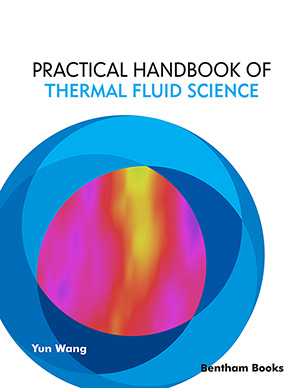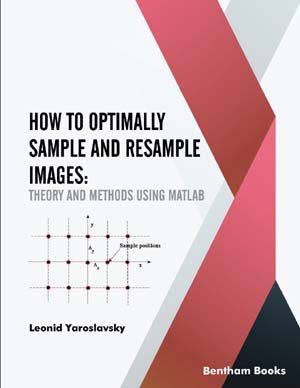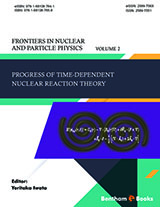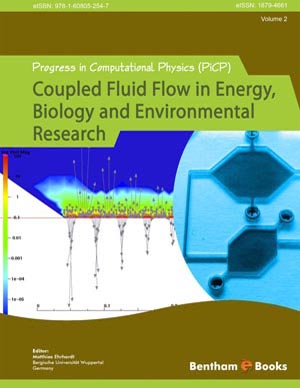Abstract
2.1 INTRODUCTION
In an experiment, one major task is to conduct measurements for collecting
data. A large number of measurement data can be the direct outcome of
experimental work. In general, the more data the better. Statistics is a popular
valuable tool for experimentalists to conduct data analysis and eventually draw
conclusions from data processing. The mean of a data sample is usually used
as the final result for a measurement. The standard deviation of the sample
measures the confidence of the final result and is usually used as additional
information. In addition, each measurement needs to be independent so that
the data set is equally weighed. Statistics may be used in experimental design
and plan. Indeed, before conducting an experiment, several aspects need to be
considered in preparation, including the selection of apparatus, relevant
mathematical correlations, and uncertainty estimate of the final results.
Selecting the proper apparatus is essential to any experimental work. For
example, temperature measurement requires thermometers. There are several
types of thermometers with various ranges and resolutions. A high-resolution
apparatus is usually expensive and requires training before use. However, low-resolution apparatuses usually lead to a large standard deviation or uncertainty
in the final result. In engineering applications, uncertainty needs to be within
tolerance to avoid component mismatch or design failures. Understanding how
the apparatus’ resolution is related to the measurement error or uncertainty and
how the error or uncertainty propagates to the final value is thus fundamentally
important for experimental design, which will be introduced in this chapter.













